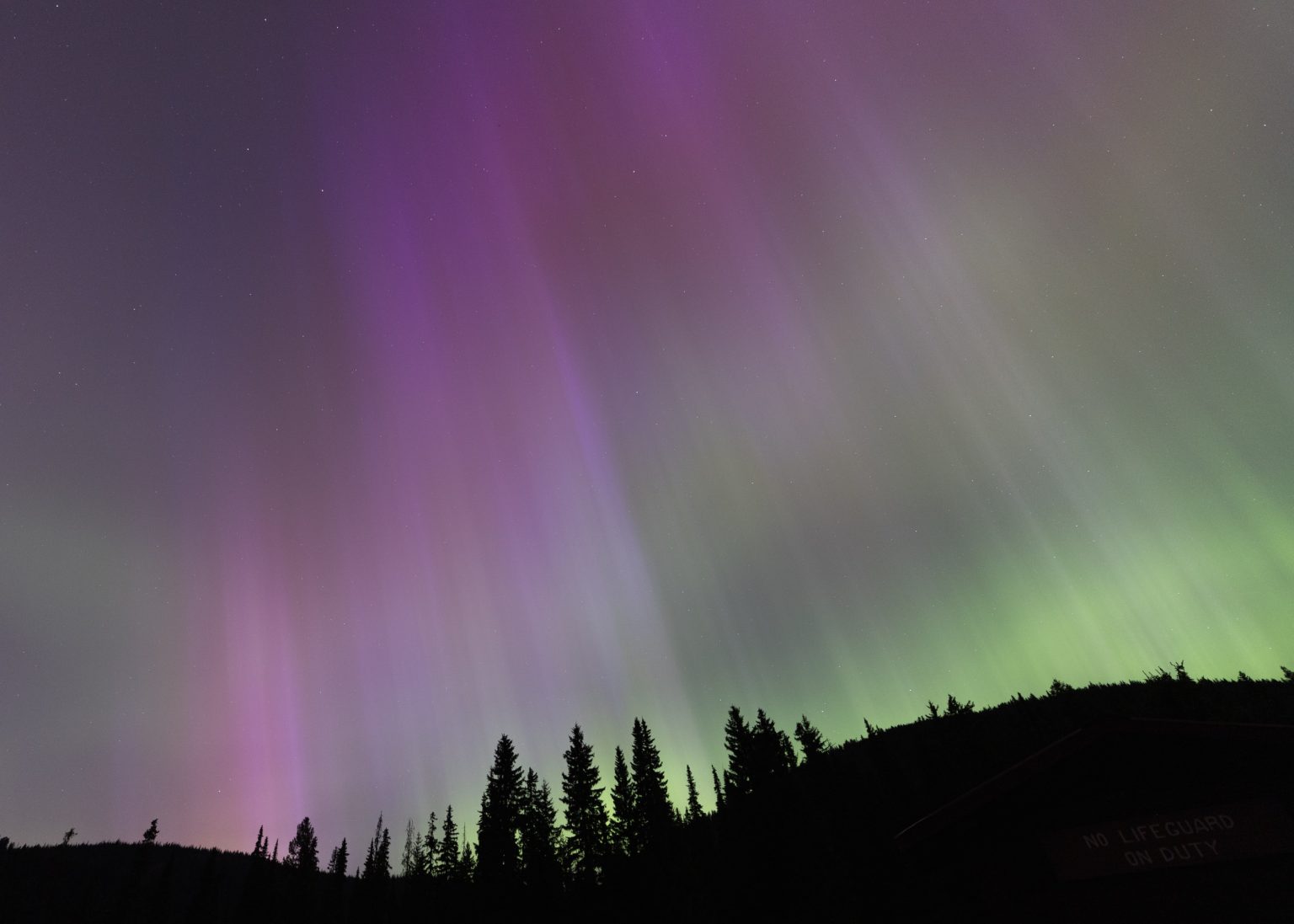Geomagnetic storms are expected to continue on Sunday evening, following Saturday’s impressive light displays such as the Northern and Southern Lights. These storms are caused by solar eruptions and fluctuations in the solar wind interacting with the Earth’s magnetosphere. The National Oceanic and Atmospheric Administration’s Space Weather Prediction Center predicts a second peak in the G4 or Greater Geomagnetic Storm, with very fast-moving Coronal Mass Ejections set to impact Earth’s magnetic field at speeds of up to 1,800 kilometers per second. These storms are expected to continue into Monday of the following week and could range from severe to extreme in intensity.
While geomagnetic storms are a natural phenomenon, they can have significant impacts on modern technology. Satellite communications, GPS systems, and power grids are particularly vulnerable during these events. Intense geomagnetic activity can induce electric currents in power lines, potentially leading to blackouts and equipment damage. As a result, space agencies and power grid operators are closely monitoring the situation and taking precautionary measures to mitigate any potential disruptions caused by the storms. Despite these challenges, many are excited about the potential to witness the beauty of auroras that may result from the increased solar activity.
Elon Musk has expressed concern about the impact of the geomagnetic storms on his Starlink satellites, stating that they are under a lot of pressure but holding up so far. This highlights the potential challenges posed by the storms on satellite systems and the need for precautionary measures to protect these assets. For individuals hoping to witness the auroras resulting from the storms, astronomers recommend heading to locations with clear, dark skies away from light pollution. Strong geomagnetic storms such as these can lead to widespread auroras that can even be visible at lower latitudes.
Astronomy enthusiasts are advised to take pictures of the skies even if they are unable to see the auroras with the naked eye, as phone cameras can often capture them. Keeping an eye on space weather forecasts can also help individuals maximize their chances of witnessing this celestial spectacle. Geomagnetic storms may pose challenges to technology and infrastructure, but they also provide a unique opportunity to witness the beauty of natural phenomena such as the Northern and Southern Lights. As scientists and observers continue to monitor the situation, it remains to be seen how the upcoming storms will impact Earth and the potential for stunning auroras to light up the night sky.


